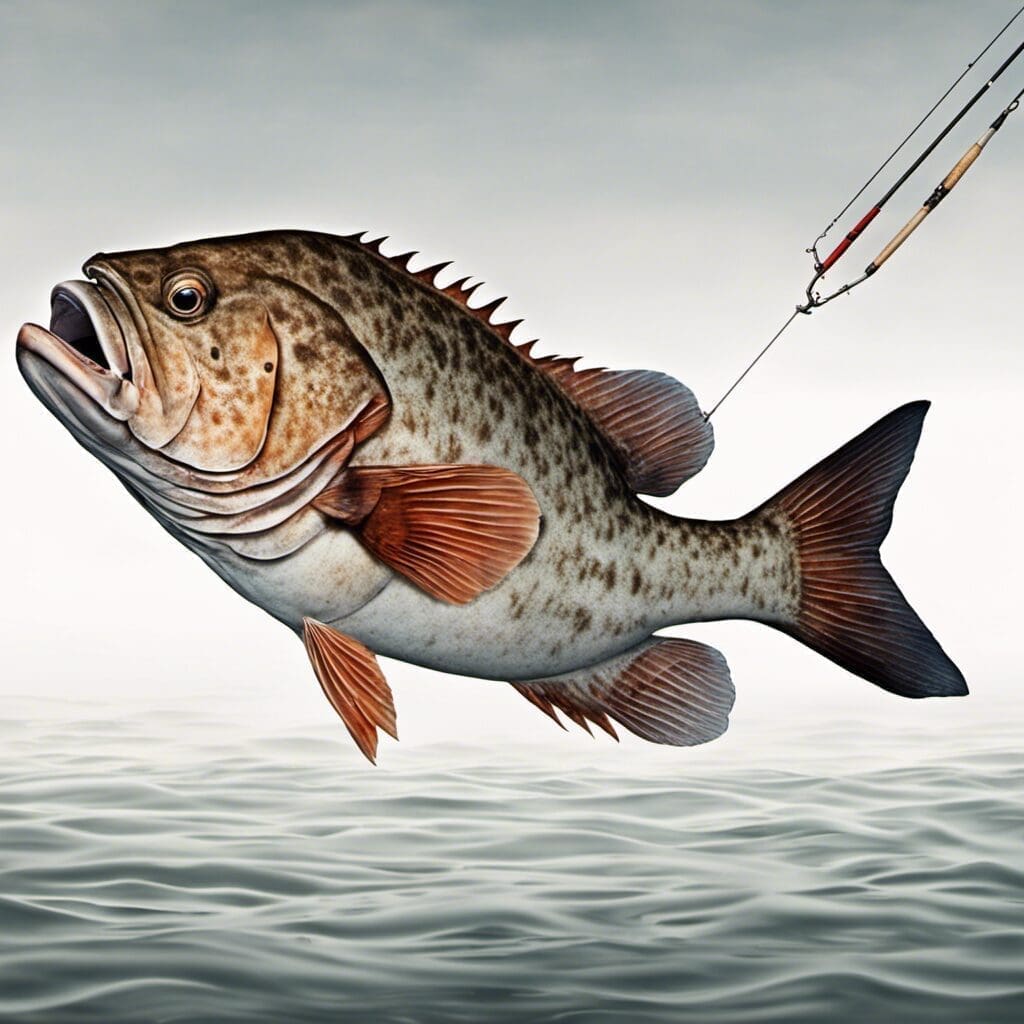Introduction
The Gulf Grouper, also scientifically referred to as “Mycteroperca jordani”, is a species of sea bass that belongs to the Serranidae family.
Conservation Status
The Gulf Grouper is currently listed as vulnerable by the International Union for Conservation of Nature (IUCN). Efforts to conserve this species center on reducing overfishing and habitat destruction.
Statistics
| Aspect | Average | Range |
|---|---|---|
| Length | 100 cm | 50 - 150 cm |
| Weight | 20 kg | 10 – 30 kg |
| Lifespan | 15 years | – |
Distribution
The Gulf Grouper is endemic to regions of the eastern Pacific Ocean, particularly in the Gulf of California, Mexico. It is also found along the coastline from southern California to Peru. This species does not exhibit any significant migration patterns.
Habitats
Gulf Groupers thrive in saltwater environments typically within a depth range of 35-65 meters. They prefer waters with a temperature range of 20-28°C.
When and Where to See
They are most noticeable during their breeding season which is usually during the winter months. The gulf grouper is typically active during the day, especially in the morning and late afternoon.
Best Fishing Locations
- Gulf of California, Mexico
- Coastline of Venezuela
- West coast of Central America
- Pacific Coast of Columbia
- Coastline of Ecuador
- Coastline of Peru
- San Diego, California
- Baja California, Mexico
General Tips
Look for this species in rocky areas and reefs where they often hide and hunt.
How to Catch
Gulf Grouper is best caught using live bait such as small fish or squid, and by techniques such as bottom fishing. The best time to fish for the gulf grouper is during their breeding season in the winter months.
Identification Guide
The Gulf Grouper has a distinct olive or gray body with black spots. It also has a second dorsal fin and a rounded tail unlike its close cousin, the spotted grouper.
Culinary Profile
Gulf Grouper has a mild, sweet flavor with large flakes. It’s a versatile fish that can be grilled, fried, or broiled. In terms of nutritional information, the gallon grouper is high in protein, and a good source of Vitamin D and Potassium.
Additional Information
The Gulf Grouper’s diet is largely composed of smaller fish and crustaceans. Natural predators include large fish and sharks while human-induced threats comprise overfishing and habitat destruction.
References and Further Reading
- FishBase – Gulf Grouper
- Marine Species Identification Portal – Gulf Grouper

